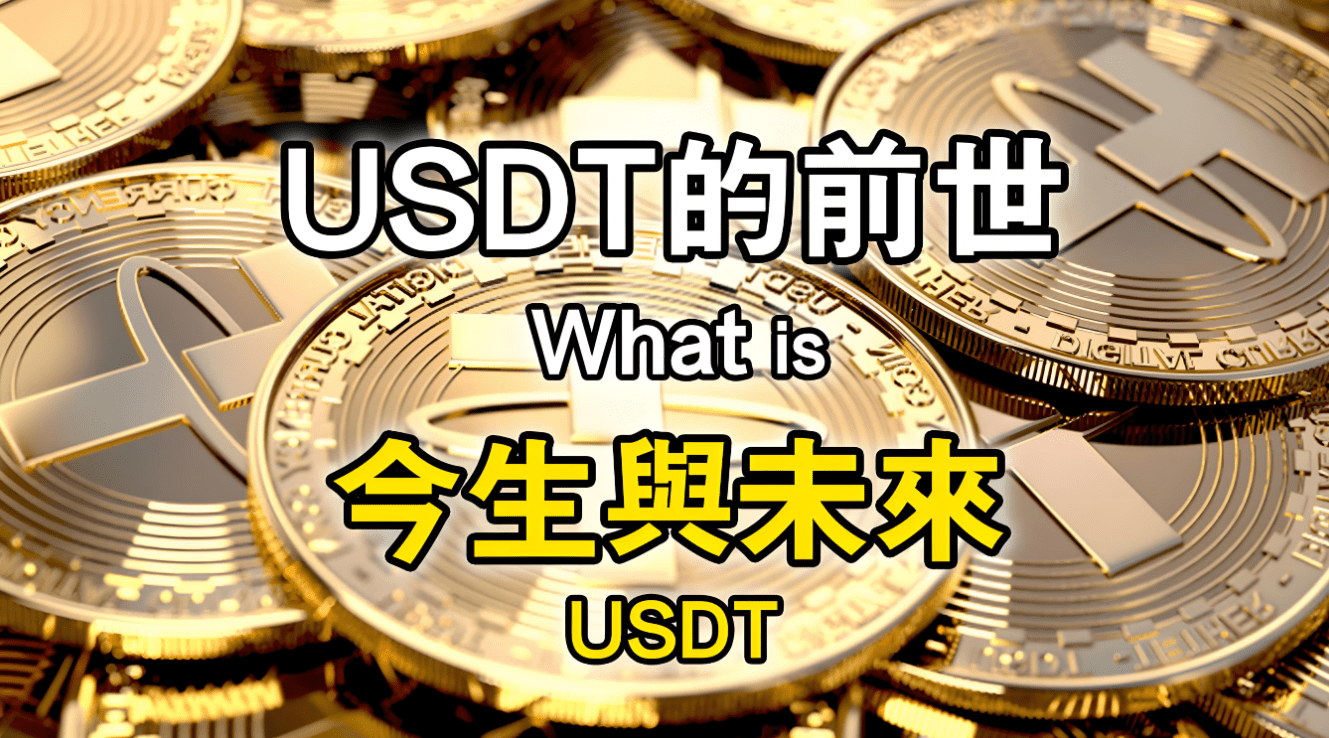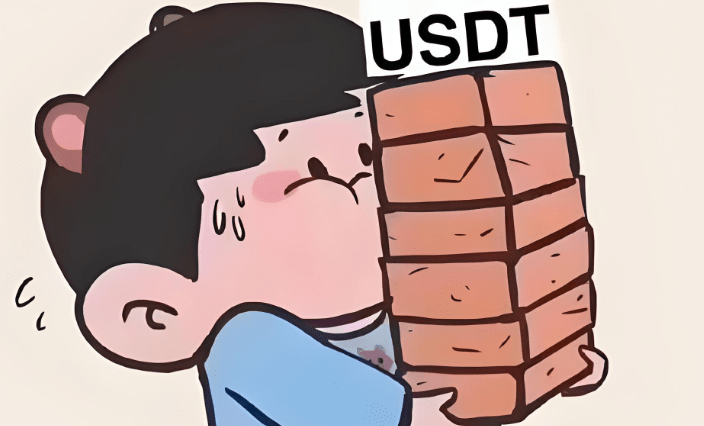In the first half of 2025, the number of USDT on-chain transfers surged by 120% compared to the same period in 2024! Tether's leader, Paolo Ardoino's declaration awakened the crypto community.
What’s even more suffocating is that over 60% of the growth actually comes from West Asia, the Middle East, and Africa, these corners forgotten by traditional finance.
The global market value of USDT has surpassed $160 billion, driven by the grassroots strength of emerging markets.

In Argentina, grandmothers stockpile USDT to combat currency collapse; Vietnamese workers use the Tron chain to instantly transfer their hard-earned money home; Nigerian merchants rely on it to tear apart 7% of cross-border exploitation.
High-frequency small-value transfers are reshaping the financial genes of the Third World — African users average only $127 per transfer, yet their transfer frequency crushes that of European and American giants.
Tron operates in the shadows.
While Ethereum's Gas fees consume breakfast, Tron is harvesting the battlefield at a cost of $0.1.
The extreme experience of cross-border transfers arriving in 15 seconds with a fee of only $0.3 for $2000 led to a 48% surge in Tron’s share of USDT settlements in Southeast Asian e-commerce within three months.
Behind this silent counterattack is the survival law of emerging markets voting with their feet.

Giant whales reveal their fangs.
On July 16, $1 billion USDT appeared in one day, with the issuance in the past week exceeding $4 billion.
Among them, $1 billion in ammunition went directly to Binance's vault — history is always astonishingly similar: after a similar operation last September, Bitcoin surged 19% within two weeks.
At this moment, the giant with a market value of $160 billion means that every 1% increase equals $1.6 billion in fresh liquidity, enough to ignite the entire crypto market.
Frequent encrypted communications on-chain.
After USDT's daily transfer volume peaked at 143,000 in March, the number of active addresses surged by 37%.
A more dangerous signal is that the proportion of stablecoins has fallen to the critical point of 4.5%, as altcoins rebound and sizzle. These piled-up USDT are like oil tankers at the entrance of exchanges, waiting for the Federal Reserve's interest rate cut to ignite a roaring flame.

The iron curtain of regulation descends.
On July 17, the U.S. House of Representatives passed the (Genius Act) with an overwhelming majority, requiring stablecoin issuers to hold 100% reserves in highly liquid assets and conduct regular audits.
When Tether, holding $127 billion in U.S. debt, is forced to become completely transparent, the compliance sword surprisingly opens a channel for hundreds of billions in hot money.
A storm is brewing: tens of millions of new users are pouring in every quarter, and cross-border payment and supply chain finance scenarios are continuously exploding. New gameplay such as photovoltaic power station income rights and gold tokens are accelerating the integration of virtual and real.
When the grassroots rewrite the financial landscape with transfers, the curve of on-chain activity has leaked the secret to a bull market — incremental funds are surging from the cracks of the earth, and you, can you hear the tremors of the crust?
The last question: Would you rather be a lifelong 'chives' or be a fan of the next wealth-creating trend? — At the time of choice, the candlestick is staring at you.